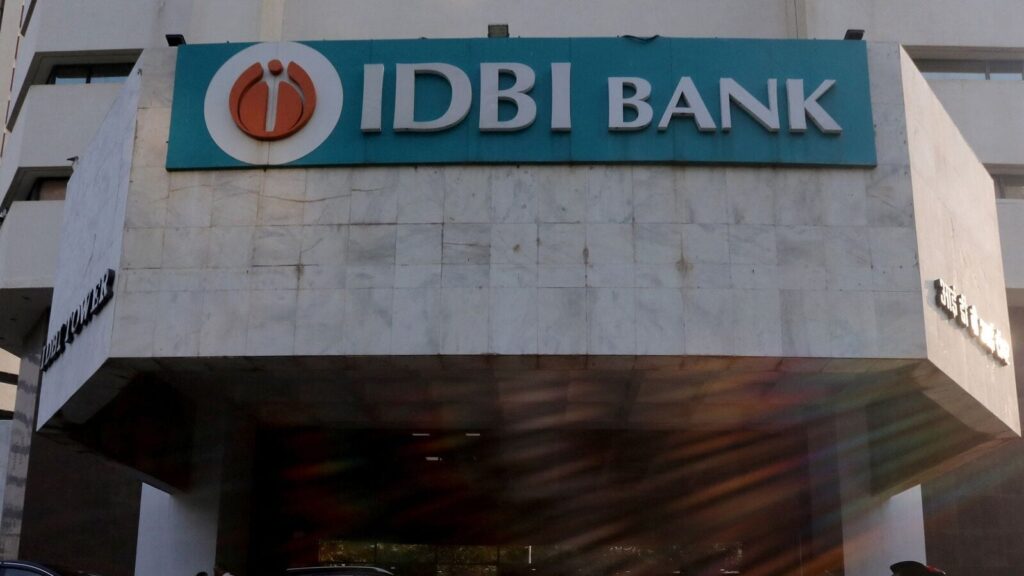Elevated stock prices and euphoric valuations have been hot topics of discussion for some time now. In this brief note, we try to explain what to make of the current equity valuations.
Why is there unease when markets are so strong?
With equity markets making new highs, many struggle to understand why some market participants are so nervous. After all, India’s macroeconomic fundamentals have rarely been more robust on a relative basis, corporate earnings are growing, and the recent election outcome signals policy continuity. What’s not to like?
The unease is not so much about the direction as the pace of stock price increase and resultant valuations. Many experienced market participants who have seen past cycles complain and argue that current valuations do not make sense.
They struggle to come to terms with historically high price-to-earnings ratios of stocks. They rightly point to the very high implied earnings growth rates and/or very long implied periods of sustained growth phase. Valuation re-rating (and not earnings progression) accounts for most of the price increase, particularly in several mid- and small-cap stocks.
‘No-brainer’ valuations are rare
So, yes, valuations are high. But can they not go higher? Yes, risk-reward is less attractive than before. But is it a sure-shot signal to sell? Different instances of ‘high valuations’ defer only in degree but not in any fundamental way. A stock is ‘not cheap,’ say, at 70x PER, but it was also not cheap at 60x PER. We rarely find valuations attractive in an absolute sense, generally after a significant panic correction or after a long period of neglect and apathy.
We believe the critical question bothering investors (mainly professional fund managers but also some individual investors) today is: Is high current valuation a predictor of future underperformance?
Value, like beauty, is in the eye of the beholder
Like in any market, marginal buyers and sellers set stock prices. Essentially, both parties act on their respective views about the future when transacting. Their views are based on objective facts and subjective calls on factors such as earnings/cash flow growth rates and longevity of the growth phase. At that moment, it is tough to say who is right. Only with time and the benefit of hindsight can one pass judgement on it.
There have been many instances in the past where stocks that appeared expensive and overvalued continued to outperform the broader market for an extended period. In many of these cases, earnings continued to surprise on the positive for a long time. On the other hand, there have also been many examples of stocks that appeared cheap and undervalued but continued to disappoint, underperforming the broader market for a long time.
Wide range of possible outcomes
There are no alternate views about expected future cash flows from domestic currency fixed-income government securities. However, in equities, views on expected future cash flows can vary across a broad spectrum- from the despairing depths of pessimism to jubilant heights of optimism. What the stock is worth depends on the view one takes.
The dominant prevailing narrative tends to shape expectations and the near-term course of the stock trajectory. Valuation, on its own, is never really a reason to buy or sell a stock.
Bottomline: Supply and demand set prices
Ultimately, a stock’s market price reflects underlying supply and demand like any other product/service or asset. Of course, there is an element of reflexivity in equities: an upward price trend can cause demand to rise and supply to dry up for a while, and vice versa.
The current data shows that the recent run-up in stock prices (particularly of mid- and small-caps) is led by domestic flows (or incremental demand from domestic investors). The upward price momentum results in higher demand, leading to further bidding of prices. In many cases, the higher prices even tempt promoters/ strategic investors to supply part of their holdings. As in all cycles, companies are tempted to issue new shares to capitalise on this buoyant demand.
So, how will this play out from here?
It is hard to say how long the current phase will last. Perhaps the growing salience of domestic investors (coming directly to markets or through mutual funds) has made historical valuation ranges less relevant.
Or, perhaps the current phase will change, and markets will return to more familiar historical patterns and valuation ranges.
Ultimately, any change will manifest through changing dynamics of demand and supply functions. Some events could lead to a sudden reduction in demand, or supply excesses could scare away buyers. As has often happened in the past, an exogenous factor (such as policy actions or geopolitical events) might play the role of a trigger.
Harshad Patwardhan, Chief Investment Officer, Union Asset Management Company

